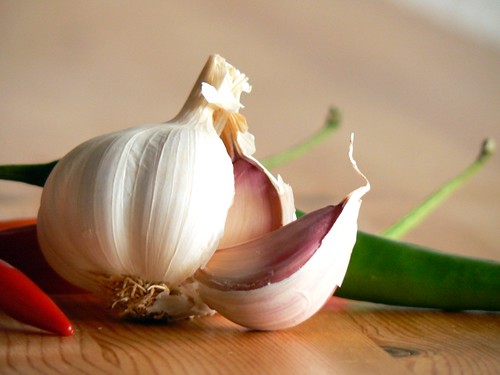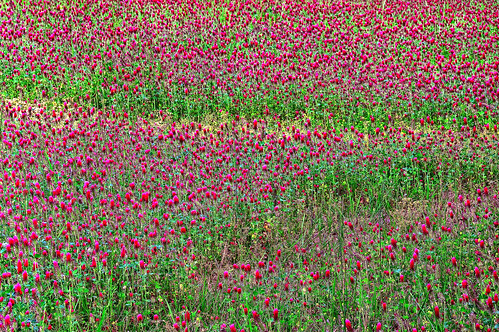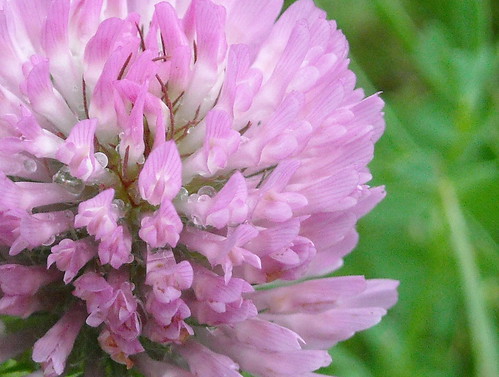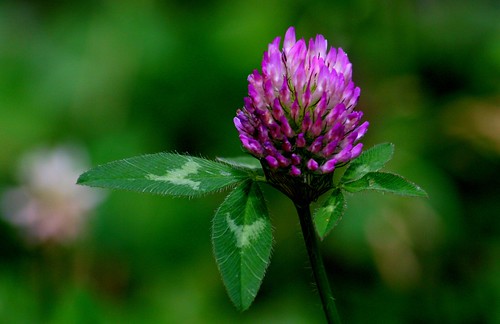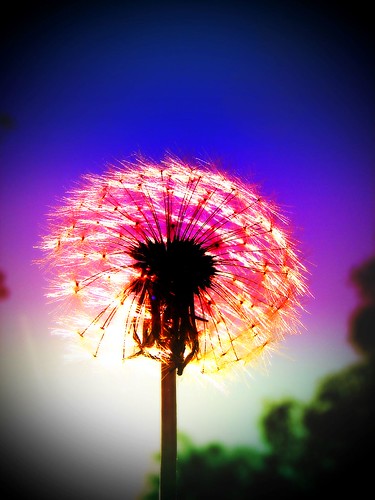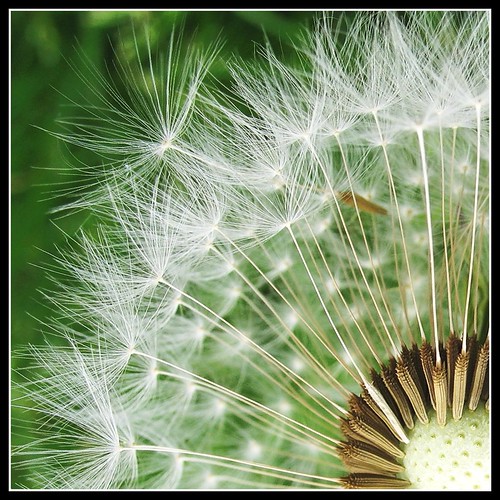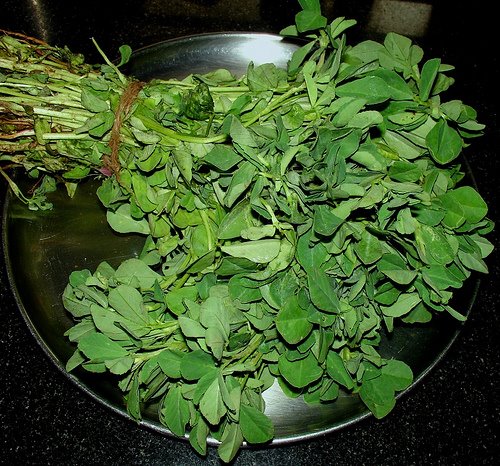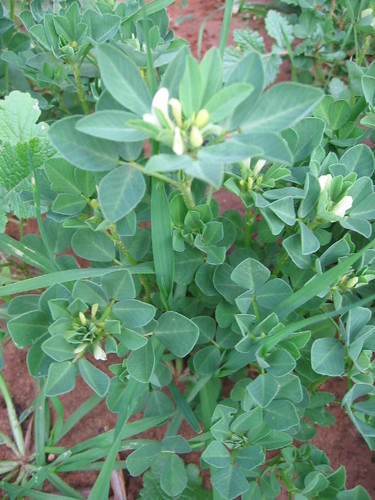Garlic by riesling_76
TheGardenLady has invited people with horticultural interests and expertise to contribute posts to this blog. The following post was submitted by Christy Baker, a certified Family Herbalist and Consulting Herbalist.  Christy is currently pursuing a certificate in Horticulture Therapy and a second Master’s in Landscape Architecture.
“Bronx Vanillaâ€, “Stinking Roseâ€, “Italian Perfume†or more commonly called today- garlic. Garlic (Allium Sativum) has been known by many names and has enjoyed its fair share of fame and rejection since its first recorded use in Mesopotamia by the Sumerians. In the 1550 BC Ebers Codex of Egypt garlic was included in 22 different medicinal formulas. Dating back to 3200 BC sculptures and paintings of the bulbous plant were found in Egyptian tombs while an Egyptian papyrus boasts of the benefits of garlic in the successful treatment for over 22 ailments of the time. In Korea, the six clove black garlic was given to women to bless them with supernatural powers and immortality. Interestingly, early Christians believed that when Satan left the Garden of Eden underneath his right foot sprang an onion and from his left garlic. The ancient Greeks and Romans used garlic to treat dog bites, repel scorpions, bladder infections, leprosy and asthma. In 1858 Louis Pasteur was able to prove that 1 mm of raw garlic juice was as effective as 60 mg of penicillin. The list of ways garlic has been used over the span of time humans have walked the Earth is plentiful.
The Stinking Rose garlic restaurant by Erwin Bolwidt (El Rabbit)
Due to its high antibacterial content, during World War II British and Russian soldiers used diluted garlic solutions to stave off infections and gangrene. Early Transylvanians used garlic as mosquito repellent (and to ward off more menacing blood suckers); but despite a long and distinguished history garlic was rejected by the American elite, who deemed this powerful bulb unfit for proper ladies and anyone who wanted to court them- however in the warm comfort of immigrant kitchens garlic never lost its place among revered culinary delights. It wasn’t until the 1940’s that Americans once again returned to the beckoning arms of this pungent culinary staple. Today, Americans alone consume 250 million pounds of garlic each year.

